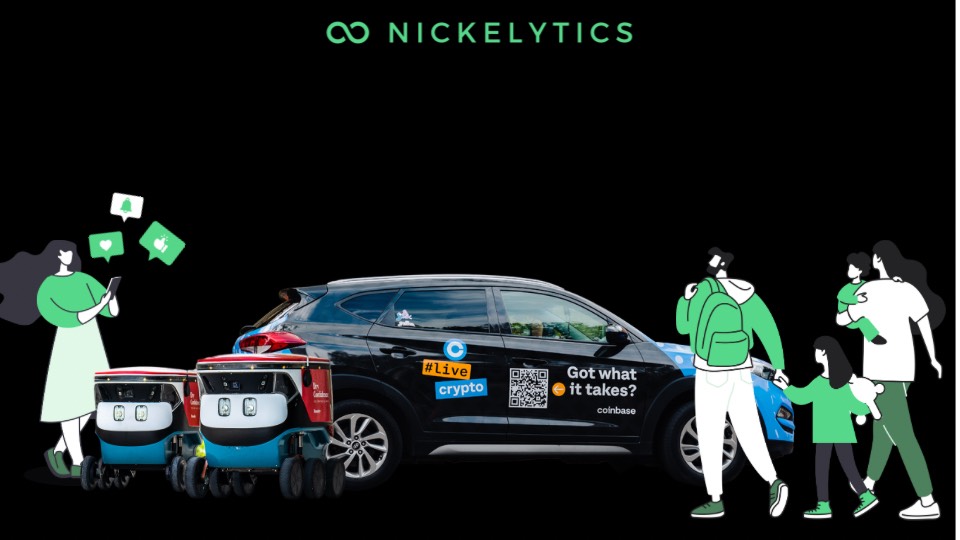Autonomous robots are upending entire industries.
Because they can perform tasks more accurately and consistently than humans, companies look to implement them across manufacturing, healthcare, agriculture, and everything in between.
And now they’re coming to sports.
Since 2019, Nickelytics has been redefining how businesses connect with their audience by making hyper-local out-of-home advertising as seamless as posting online ads.
In other words, companies partner with them to enhance brand visibility and tap into a new revenue stream.
In sports, this means providing unique activations and experiences to improve the fan experience.
With their recent partnership with the Miami Marlins and Kiwibot, Nickelytics is carving out a unique lane in sports tech and doing it one arena at a time.
In this interview with Judah Longgrear, CEO of Nickelytics, we discuss how the company came about, the future of robots in sports, and the challenges of scaling robots across various sporting environments.
Hello, who are you and what is the name of your company?
I’m Judah Longgrear, CEO of Nickelytics. Background of entrepreneurship, data, and sales, I founded Nickelytics to redefine how businesses connect with their audience.
Our platform transforms out-of-home advertising into a hyper-local, seamless experience, akin to posting online ads.
We specialize in leveraging mobile assets such as gig economy vehicles, rideshare tablets, and autonomous delivery robots for effective out-of-home campaigns.
What was the process of getting the company off the ground?
The original concept stemmed from my previous venture, the Nickel Ride, a rideshare service paid for by advertising.
While we were expanding the business to five cities, we created Nickelytics, an internal tech platform enabling brands to track consumer interactions with these ads.
Recognizing the significant potential in ad tech, we pivoted exclusively to Nickelytics, leaving behind the operational and capital-intensive rideshare business.
This shift allowed us to focus on refining our technology and business model to serve this dynamic market better.
This strategic shift underscores our commitment to leveraging technology to transform transit spaces into dynamic advertising platforms, delivering measurable results for our clients and enhancing the commuter experience.
From there, we built a network of gig economy drivers and rebuilt the business from scratch, working closely with SMBs.
We persisted relentlessly until our acceptance into Techstars in 2020.
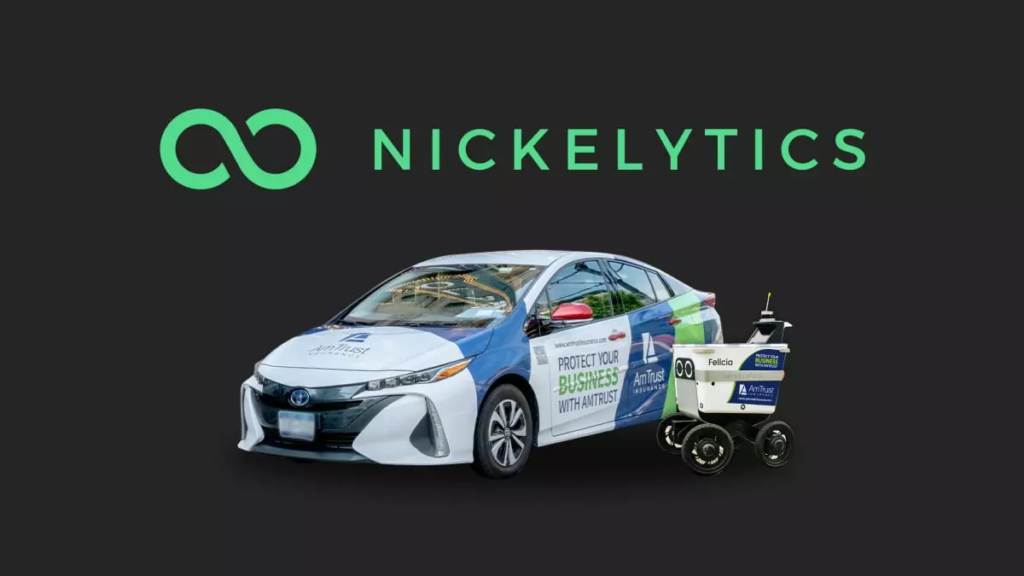
How is the company doing today and what does the future look like?
Today, Nickelytics is thriving with a robust platform that connects brands to targeted audiences through innovative advertising solutions.
We’ve expanded our inventory to become the largest platform for launching autonomous delivery advertising campaigns and self-serve DOOH campaigns.
Additionally, we’ve strengthened our partnerships with agencies and resellers, enhancing our ability to deliver measurable results in the out-of-home advertising space.
We’ve earned the trust of top global brands like AWS, Nationwide, Robinhood, Charles Schwab, and many more, having run over 100 campaigns across 40 states and served over 1 billion impressions.
As we continue to grow, Nickelytics remains at the forefront of innovation in the dynamic advertising landscape.
How did the opportunity with the Miami Marlins come about and are there any differences from activating in sports as opposed to other industries?
Our partnership with the Miami Marlins stemmed from our shared vision for innovation and enhancing fan experiences in sports venues.
At Nickelytics, alongside Kiwibot, we recognized an opportunity to integrate cutting-edge technology into loanDepot Park by introducing in-stadium robotic activations aimed at elevating fan engagement throughout the baseball season.
For Nickelytics, known for pioneering Out-Of-Home (OOH) advertising solutions, this collaboration marks a strategic move to leverage our dynamic ad platform alongside Kiwibot’s autonomous robots, traditionally used for urban delivery services.
This initiative represents a significant advancement in sports marketing, redefining how fans interact with advertisements and experience the stadium environment.
Moreover, with the integration of food delivery technology inside the ballpark, we foresee this initiative setting a new standard across major sports teams, enhancing convenience, and delighting fans with seamless service during games.
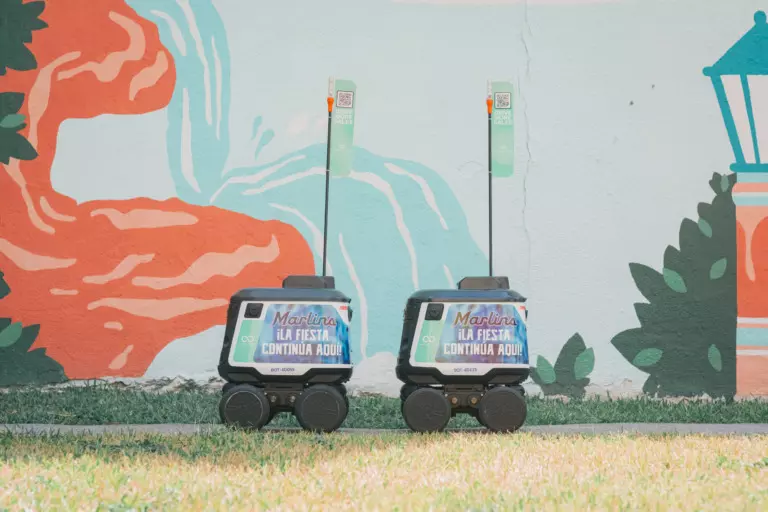
Do you foresee any challenges with scaling the robotics across various sports properties given the logistics and layouts of arenas are unique?
Scaling robotics across different sports venues highlights the adaptability of our advanced autonomous delivery technology.
However, each venue presents unique challenges that demand tailored solutions.
For example, arenas vary in their layouts, crowd flows, and operational protocols, which directly affect how autonomous robots are deployed and navigate within these environments.
Ensuring seamless integration and consistent performance across these diverse settings is crucial for success.
Our technology of autonomous robots excels in addressing these challenges. Equipped with sophisticated sensors and AI capabilities, our robots can autonomously map environments and dynamically adjust their routes based on real-time data.
This flexibility allows us to optimize robot deployment strategies specific to each venue, enhancing operational efficiency and ensuring a positive fan experience.
While scaling presents its complexities, it also serves as an opportunity to showcase the versatility and value of our robotic solutions in elevating fan engagement and operational standards across the sports industry.
By continuously innovating and refining our technologies, we are committed to setting new benchmarks for service excellence and technological integration in stadium environments.
Do the robotics need to be accompanied by someone and what type of items can be delivered to consumers?
Our robotics network operates autonomously, simplifying consumer interactions without requiring staff oversight.
They deliver a range of items—from concessions to merchandise—providing a convenient, contactless experience that enhances fan satisfaction.
However, we usually would have someone accompany them for additional fan engagement or to snap a photo.
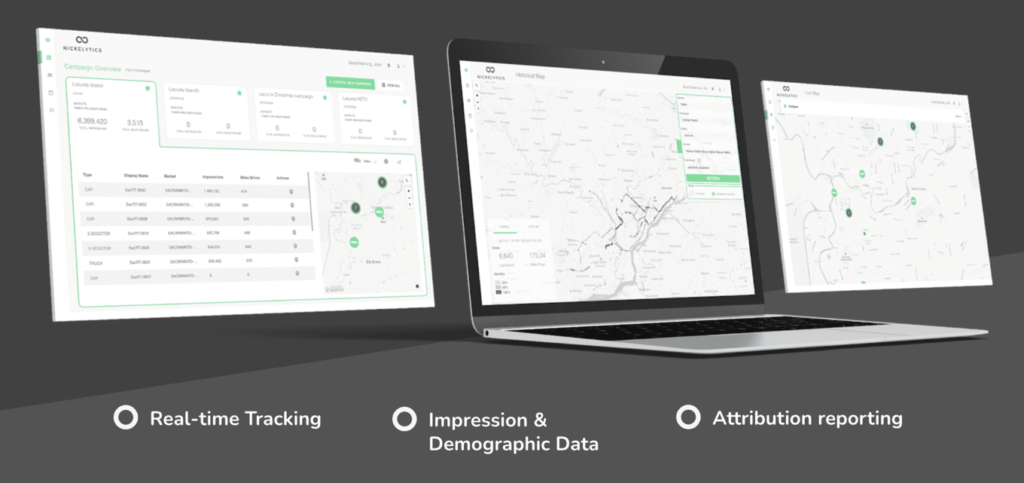
Can you talk about your proprietary dashboard and the benefits it provides to clients as it pertains to advertising metrics?
Our proprietary dashboard empowers clients with real-time insights into advertising performance.
It tracks key metrics such as impressions, consumer engagement, and engagement rates, digitally retargeting consumers exposed to ads, and demonstrating return on ad spend.
This comprehensive tool ensures our clients have the data-driven insights necessary to optimize their advertising strategies effectively.
How does the technology work where you all can aggregate specific information on a team customer base and track attribution through the robots?
Through advanced AI and data analytics, our technology aggregates customer behavior data, mapping it to specific teams and venues.
This allows us to attribute consumer actions to ad exposure, providing brands with actionable insights into campaign effectiveness and audience engagement.
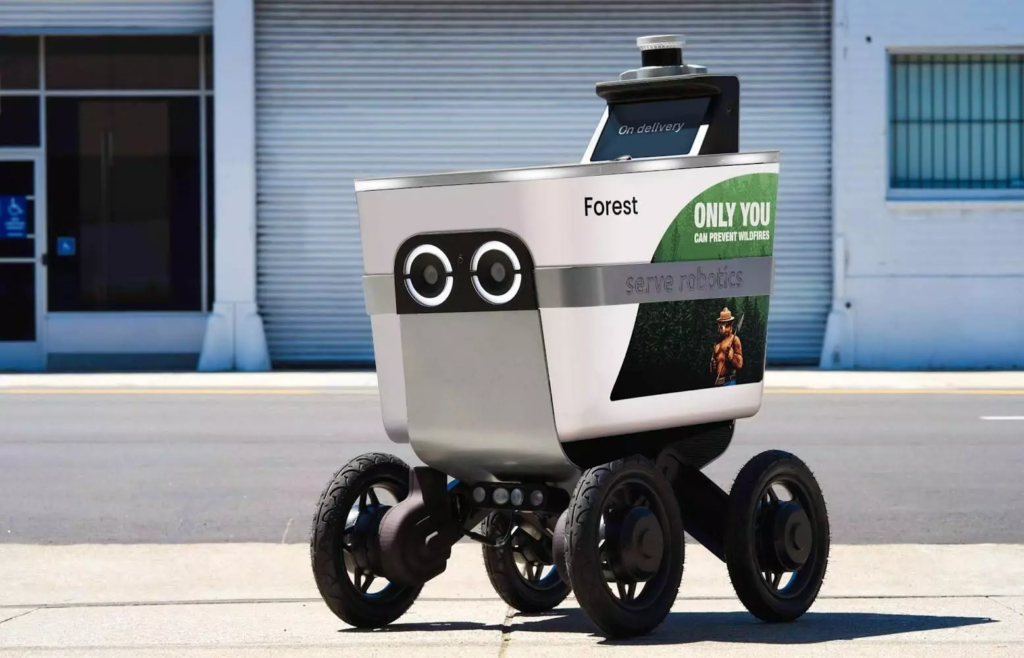
Do you have any predictions for robotics specifically within sports over the next few years?
I foresee robotics playing an increasingly integral role in enhancing fan experiences and operational efficiencies within sports venues.
From autonomous concessions to interactive fan engagement, robotics will continue to innovate and transform the way fans interact with live events.
Are you currently hiring and/or raising capital, where can people apply and find out more?
We’re actively expanding our team and exploring growth and strategic capital opportunities.
Those interested in joining Nickelytics or learning more about investment opportunities can visit our jobs page or reach out directly through our contact form.

